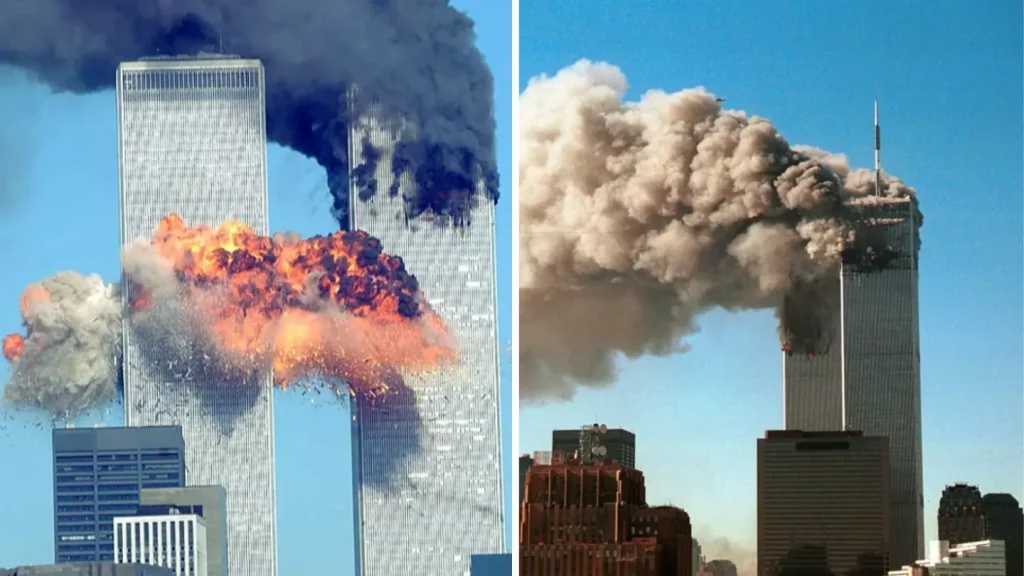In the annals of modern history, few events have sparked as much analysis and speculation as the tragic attacks of September 11, 2001. While the devastation of the Twin Towers has been the focus of countless investigations, the mysterious collapse of World Trade Center Building 7 (WTC 7) continues to baffle many.
This 47-story building fell hours after the towers, despite not being struck directly by planes. Located just north of the main World Trade Center complex, WTC 7 housed several federal agencies, including the CIA, the Department of Defense, and the Office of Emergency Management. Its destruction at 5:20 p.m. on that fateful day added another layer of confusion to the already chaotic aftermath.
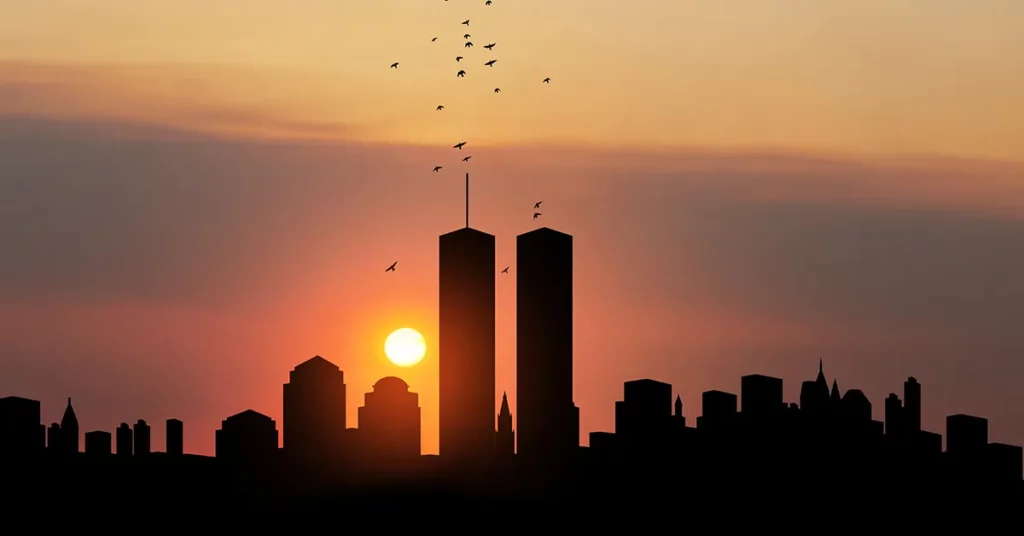
As the Twin Towers collapsed in the morning, the world watched in horror and disbelief.
However, hours later, attention shifted to WTC 7, which unexpectedly succumbed to destruction. Its fall, captured on video, raised questions that would linger for decades.
In the immediate aftermath, numerous theories emerged to explain the collapse. Some believed debris from the North Tower damaged the building’s structure, while others suspected design flaws or deliberate demolition. These theories gained traction due to the absence of a clear explanation in the early days following the attacks.
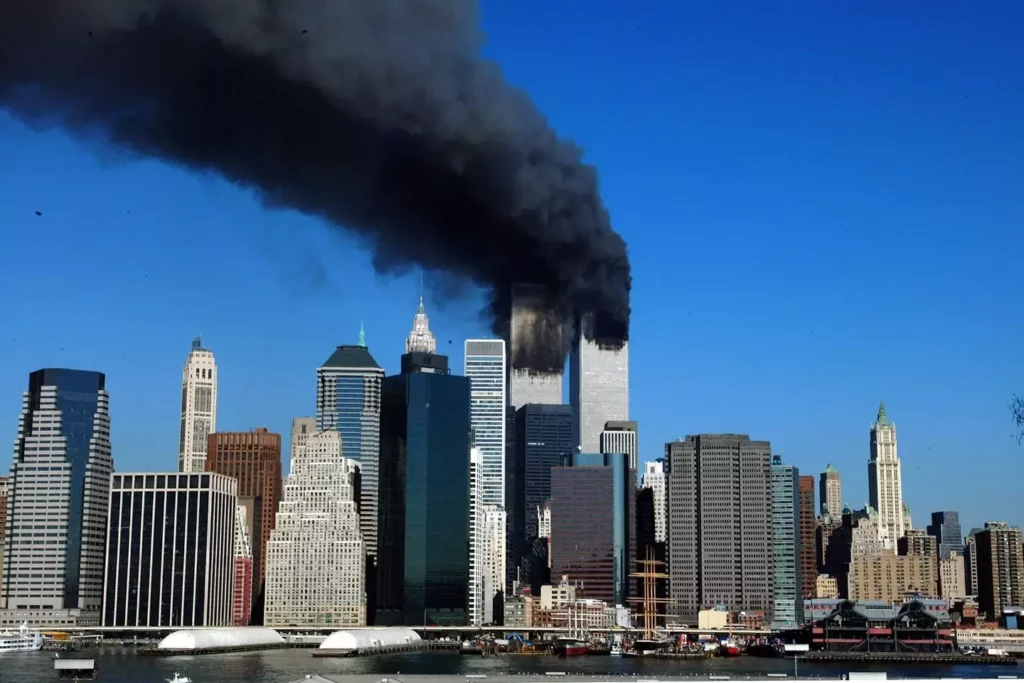
The collapse of WTC 7 became a focal point for conspiracy theories, with skeptics questioning how a building not directly hit could fall so completely. The offices housed in WTC 7 added further intrigue, given their government connections and sensitive operations.
To address the growing speculation, the National Institute of Standards and Technology (NIST) launched an extensive three-year investigation. The findings, released in 2008, sought to dispel rumors and provide a scientific explanation for the collapse.
According to the NIST report, the primary cause of the collapse was intense, uncontrolled fires that burned for nearly seven hours. These fires were ignited by debris from the North Tower, which struck WTC 7 and caused significant internal damage.
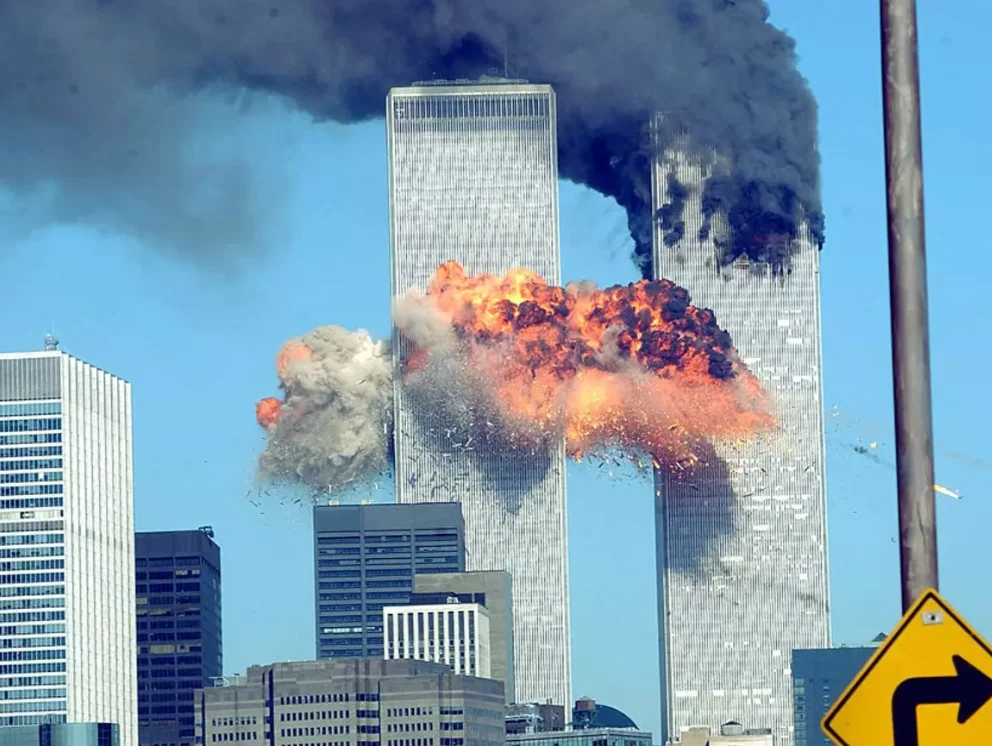
The report highlighted that WTC 7’s unique design played a significant role in its collapse. Features such as a large open atrium and transfer trusses made the structure more vulnerable to prolonged fire exposure. This, coupled with the damage from debris, led to a progressive failure of key structural components.
Despite NIST’s findings, alternative theories continued to emerge. A study by researchers at the University of Alaska Fairbanks challenged the fire-induced collapse explanation, suggesting that the building’s free-fall acceleration could not be solely attributed to fire. This study reignited debates and cast doubt on the official narrative.
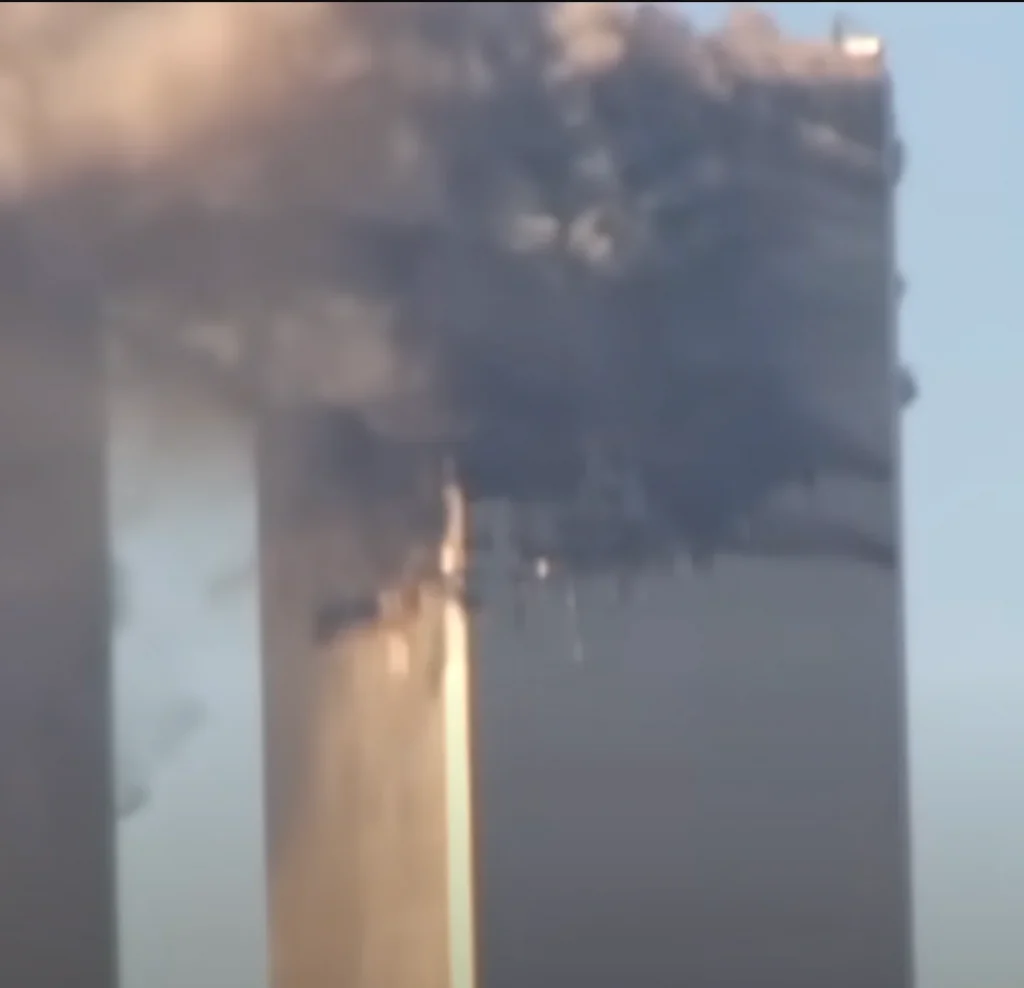
The collapse of WTC 7 remains one of the most controversial aspects of the 9/11 attacks. Years of rigorous investigation and debate have pointed to a combination of factors, including debris damage and prolonged fires, as the main causes.
Finally, the underlying cause of the collapse was revealed: the fires, fueled by debris from the North Tower, weakened critical structural elements, causing them to fail. This led to the building’s eventual fall, a sequence of events that underscores the challenges faced on that catastrophic day.
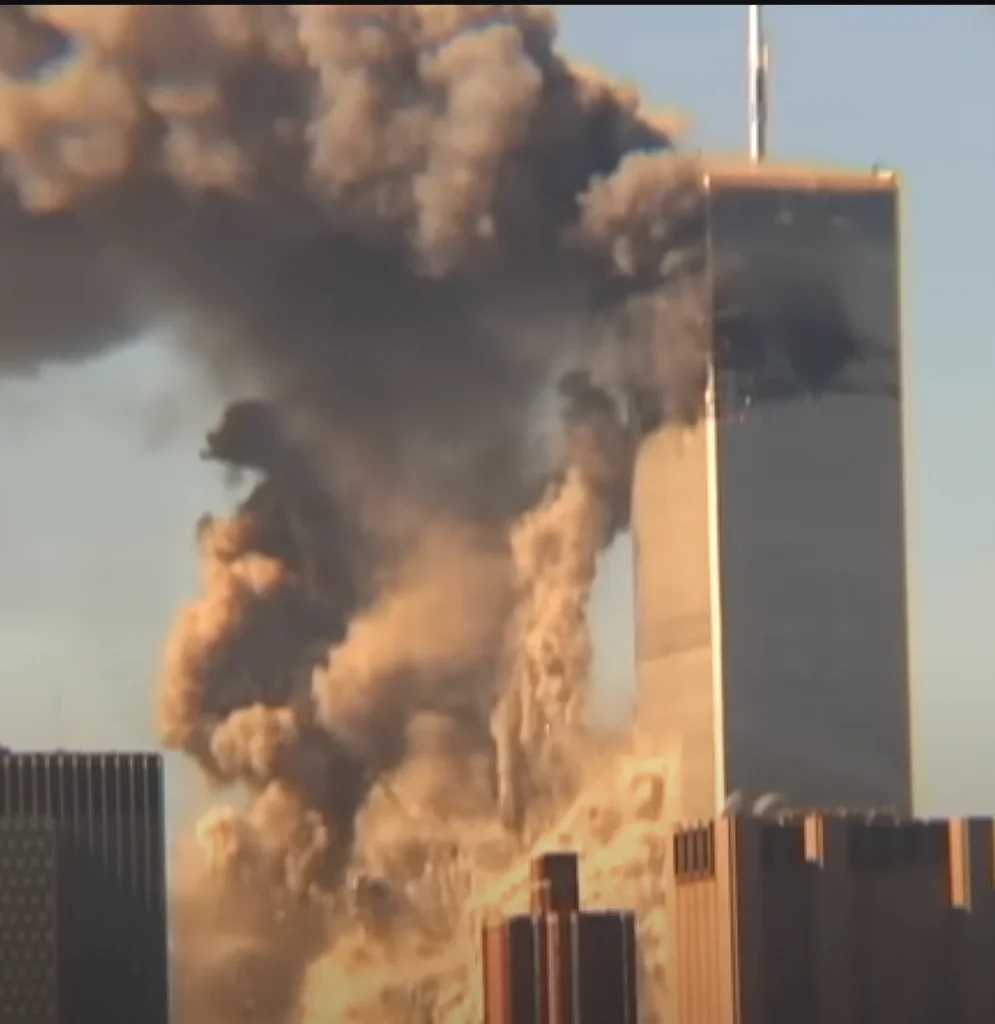
The collapse of WTC 7 serves as a sobering reminder of the vulnerabilities in modern architectural designs when exposed to extreme conditions.
It has spurred advancements in building codes, fire protection standards, and emergency response protocols, aiming to prevent similar tragedies in the future.
As the world continues to reflect on the lessons of 9/11, the collapse of WTC 7 highlights the need for continued research and preparedness.
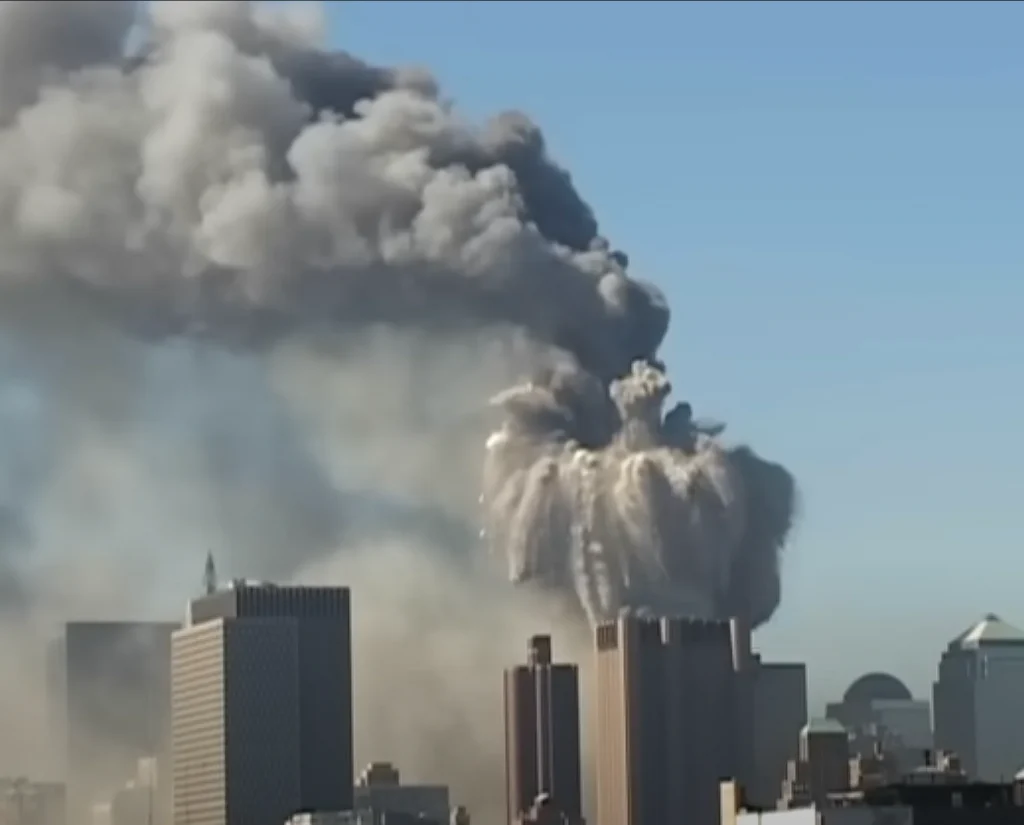
This event, shrouded in mystery for years, now stands as a case study in understanding the complexities of structural engineering under duress.
Feature Image Credit: (Spencer Platt)

